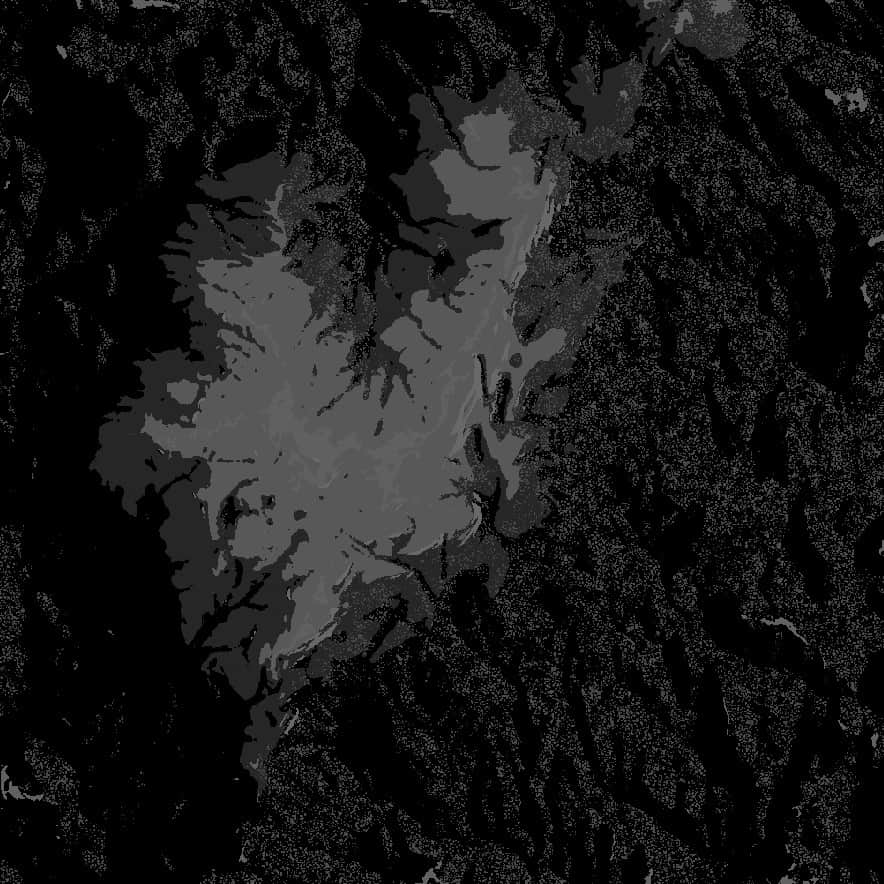This blog post will break down the Houdini section of the Procedural Monadnock project. You will be able to see the Pathfinding tools used to carve out the trails and the system used to create ID maps. Link to Portfolio Post here:
Trail Pathfinding
For this project, I revisited a smaller endeavor from earlier this year, where I developed an HDA to calculate the shortest distance between two points on a landscape. Since then, I’ve expanded its functionality by incorporating various cost factors for the pathfinding node to consider and adding support for multiple paths and paths with multiple points of interest.
Implementing this HDA into Unreal enabled me to carve trail paths through the forest in-editor. The generated spline paths are tagged, allowing them to be seamlessly utilized by the spline sampler node within the PCG system.
ID Map Generation


I utilized the Landscape Mask Generation HDA, created by George Hulm at SideFX for Project Pegasus, to craft an ID map that denoted both landscape material and PCG layer data. By combining various masking methods, I achieved greater control and precision in the distribution of assets across the landscape.
Initially, tree colors were assigned randomly, but this system allowed me to mask specific trees and assign colors intentionally. This approach enabled me to replicate the natural grouping and transitions seen in real-world autumn foliage, creating an organic flow that followed terrain features.
Node Graph





